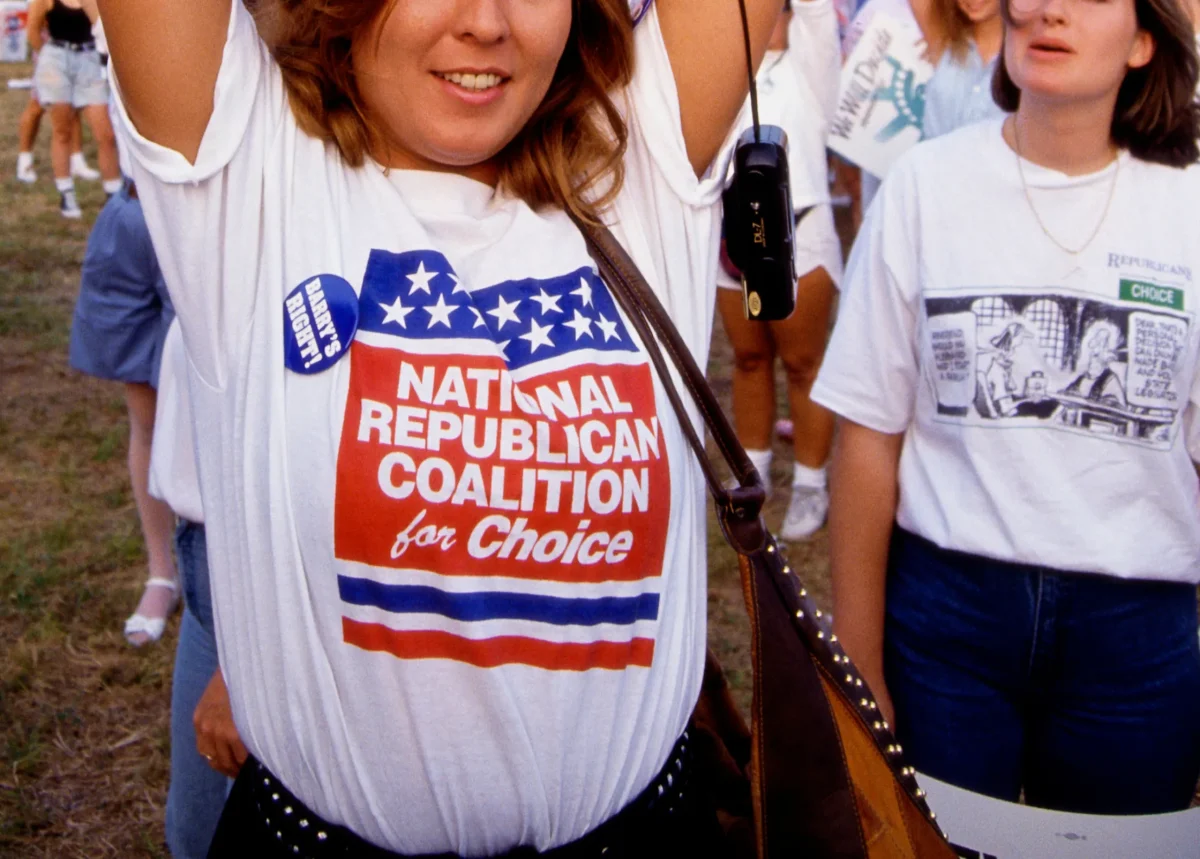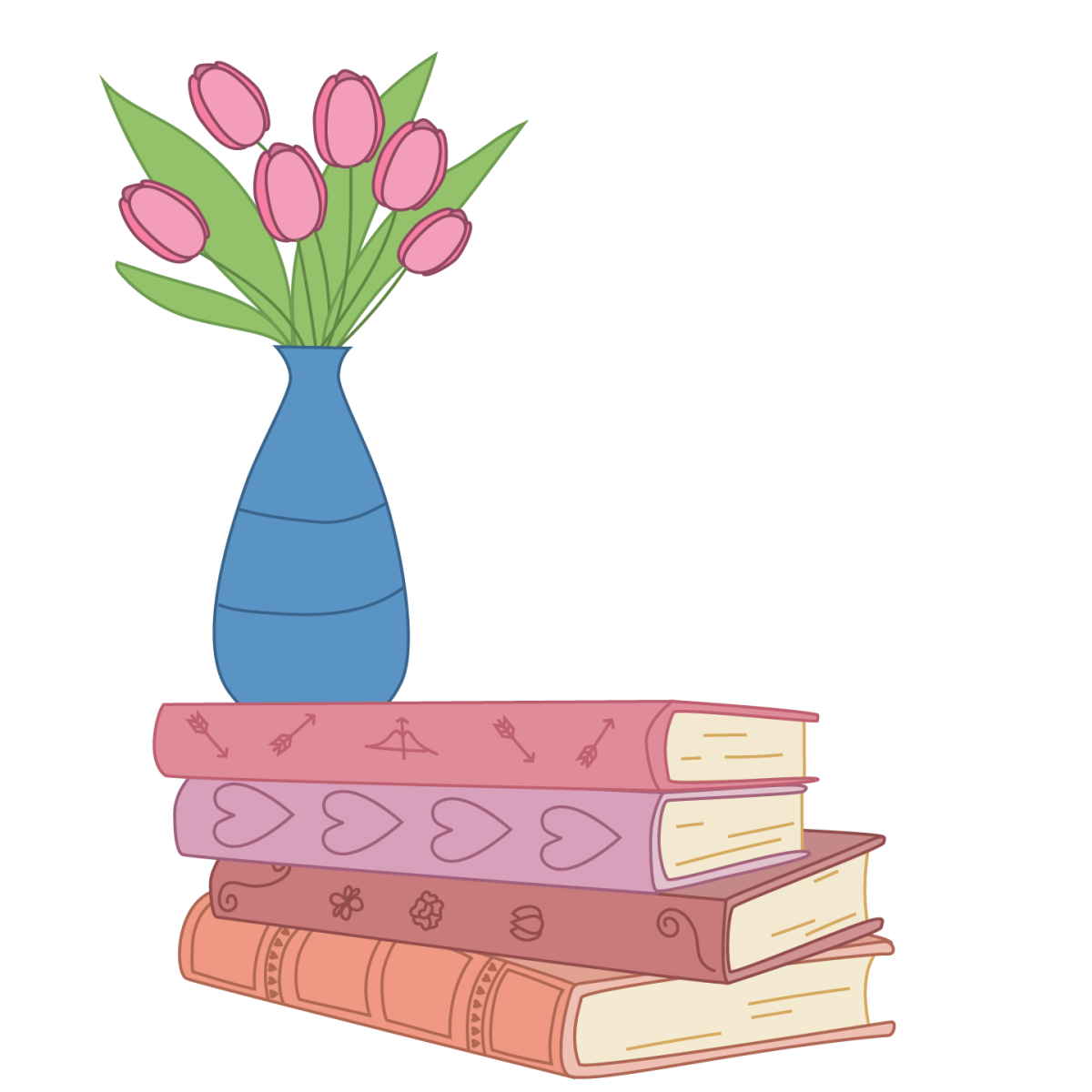Saint Louis University intends to expose its students to a variety of ideas and perspectives. From the philosophy professor focused on getting you to question everything your teachers have taught you, to the foreign language professor hoping to teach you, at the least, how to ask for help when you study abroad, SLU combines a variety of course requirements within the core curriculum in an attempt to build a well-rounded graduate.
But, SLU lacks a course requirement that would help students better understand the world around them: Introduction to African American Studies. All students at SLU should have to take Introduction to African American Studies, or AAM 2000, in order to graduate. Of course, in order to receive a Bachelor of Arts or Bachelor of Science degree, students have to complete six credit hours of “Cultural Diversity,” three of which come from the “Diversity in the US” category, but these classes do not suffice. Ranging from Native American Literature to Ethics and Politics, a student might go through four years of education without considering the basis of racism in the United States, or why blackface is so offensive, or why for-profit prisons have such nefarious implications.
Before taking AAM 2000, I thought I knew a considerable amount of black history. But, the course revealed the gaps in my knowledge. In high school, I learned about the Transatlantic Slave Trade, the Emancipation Proclamation, and the Civil Rights Act of 1964. Between the key terms, though, I did not read about the origin of black face, or debt servitude, or arguments that claimed the Civil War was fought over states’ rights.
In AAM 2000, students build a foundation of knowledge on which to base their present day experiences. When students learn that white actors once spread coal across their faces in order to imitate blacks in the most racist way possible, they better understand why a white girl dressing up as Nicki Minaj offends people. When they learn that blacks were arrested for owing money or being out of work and then forced to do unpaid labor, they understand why for-profit prisons look a lot like past evils. And, when they learn that white southerners invented “Lost Cause” ideals, which purports that the South fought to protect their natural rights from an encroaching Union army, students know how to distinguish truth from fiction.
Besides the actual facts students learn in AAM 2000, the class fosters polite discussion about racism. The convergence of whites and blacks about topics of racism can lead to feelings of discomfort that stymie debate and leave voices unheard. But in AAM 2000, the context of the class allows students to speak openly. As a white student in the class, I learned about the personal experiences of my black peers, and by comparing their anecdotes to past history, I gathered a greater understanding of the issues that our society and, specifically, our St. Louis community faces.
As college students we may not come from the St. Louis area, but we do live in the community. As SLU students, the mission statement declares our “pursuit of truth for the greater glory of God and for the service of humanity.” We are to do “service to the community.” In a city where blacks, according to the United States Census Bureau, made up 47.5 percent of the population in 2014, it would make sense if students understood the struggles that nearly half of the community endures. A small, yet practical means toward this end would be to educate every student in a classroom setting.
Although AAM 2000 teaches primarily about African American history, the class also supports other victimized groups. Dr. Katrina Thompson, Associate Professor of the African American Studies Program at SLU, claims an AAM 2000 course requirement would draw more attention to social justice as a whole at SLU.
“African American Studies opens the door to other social justice issues,” Thompson said. “Sexual inequality, along with other ‘isms’ are included in the course material.”
Having taken AAM 2000, I better understand the issues our country faces. I better understand the issue our SLU community faces.
SLU stands for social justice. If the University wants to live up to its mission, its students need to know the issues and their origins. Through making Introduction to African American Studies a course requirement, this school will move closer to achieving its goals.






